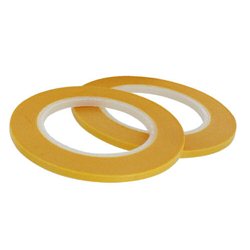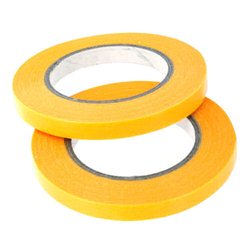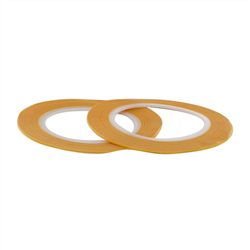'Supplementary arrow signs' are the arrows that can be seen just beneath some signals or signage such as speed limits...
No products
Product successfully added to your shopping cart
There are 0 items in your cart. There is 1 item in your cart.
Search Tips
Christmas and New Year
Due to public holidays, orders will be next dispatched on Monday 29th.
If you select next day delivery at checkout, please note deliveries are not made on New Year's Day or Sundays.
The shop in Sandown is closed on Saturday 27th December and will reopen on Tuesday 30th December.
Tuesday 30th: 10am to 4.30pm - Wednesday 31st: 10am to 2.30pm - Thursday 1st: closed - Friday onwards: 10am to 4.30pm.
How can I keep parts in place during gluing?
When gluing parts, it is best to hold them in place especially if it is a large area you need to join together, such as the two parts of a fuselage of a model aircraft for example.
Add your glue sparingly to the joins, taking care not to go too close to the outer edge as when the two parts are put together the glue will spread to the edge. Too much glue and the glue will spill out and when dry will leave unsightly overspill.
Masking tape is ideal for holding the two pieces together. When you offer up the two parts make sure that they align perfectly. Then add the masking tape to secure. When securing the tail fin or wings use small clamps as the two areas are relatively flat.
Leave the glue to dry and then remove tape and clamps for a perfect finish.
Click here to receive the tips weekly in your mailbox. You can unsubscribe at any time.










